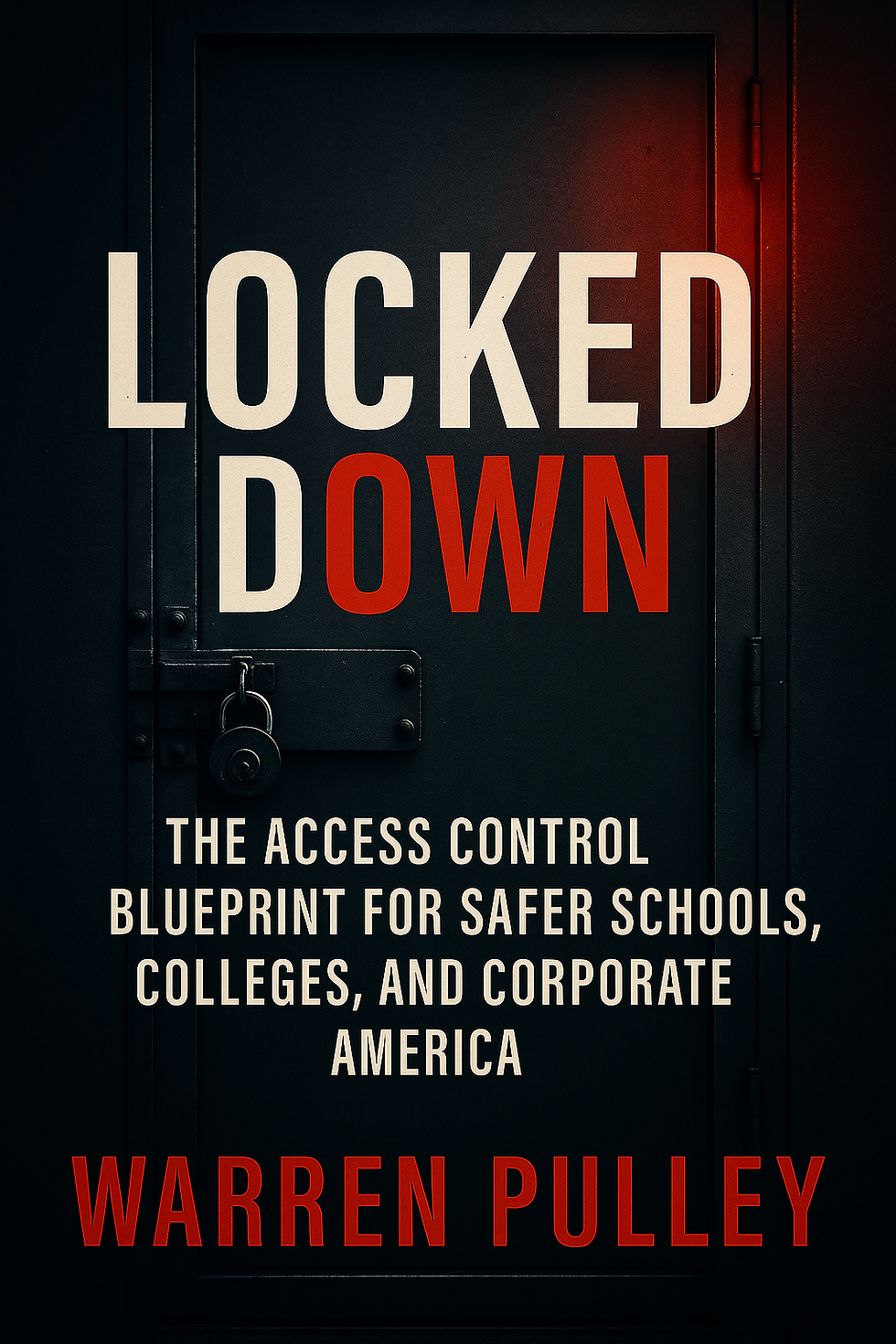What is an Example of a Threat Assessment
- CrisisWire

- Sep 25
- 3 min read
Why Examples Matter
The term threat assessment is often used in conversations about school safety, workplace violence prevention, and campus security. But what does it look like in practice An example brings the process to life and helps school administrators, parents, and business leaders understand how the model works in real scenarios.
Example of a School Threat Assessment
Imagine a middle school teacher receives a report from a student that one of their classmates made a statement about “bringing something to school tomorrow to make people pay.”
Step 1: Intake The teacher forwards the report to the school’s Threat Assessment Team (TAT).
Step 2: Initial Evaluation The TAT determines whether the comment is transient (a joke, said in anger) or substantive (a planned, credible threat).
Step 3: Investigation The team interviews the student, checks their disciplinary history, reviews social media, and contacts parents. They find that the student recently experienced bullying and posted about getting revenge.
Step 4: Intervention Plan
School counseling is initiated.
Parents are involved to restrict access to weapons at home.
The bullying situation is addressed.
A follow-up plan is scheduled with both the student and parents.
Step 5: Monitoring The case is tracked over time to ensure the student improves, the bullying ends, and no further threats are made.
This example shows how a threat assessment is about prevention and intervention, not punishment.

Links to Reinforce Learning
To strengthen site authority and guide readers deeper into your material, connect this article to related posts on your website (CrisisWire blog):
These internal links help Google understand your site structure and improve SEO ranking.
Trusted Government Resources for Authority
To build credibility, reference official U.S. resources that readers and search engines trust:
U.S. Secret Service – National Threat Assessment Center: Protecting America’s Schools Guide
U.S. Department of Education: Early Warning, Timely Response: A Guide to Safe Schools
National Center for School Safety (NCSS): School Threat Assessment Toolkit
Citing government resources boosts trust and SEO authority.
Related Reading from the Book Series
For leaders who want to go deeper into threat prevention, these books provide extended frameworks and practical solutions:
Each one addresses different aspects of safety, from K-12 schools to universities to corporate and government institutions.
CrisisWire Integration
At CrisisWire Threat Management Solutions, we help schools, colleges, and businesses implement the exact processes shown in this example.
Our consulting services include:
Training multidisciplinary threat assessment teams.
Designing reporting systems that encourage early intervention.
Aligning policies with FEMA and DHS standards.
Providing after-action reviews to strengthen safety culture.
Learn more at CrisisWire Threat Management Solutions.
Conclusion
A threat assessment is not just a checklist — it is a structured process that saves lives. The example above shows how schools can identify a credible threat, intervene early, and prevent violence before it begins. By connecting multidisciplinary teams, trusted frameworks, and real-world resources, schools and workplaces can transform fear into preparedness.





Comments